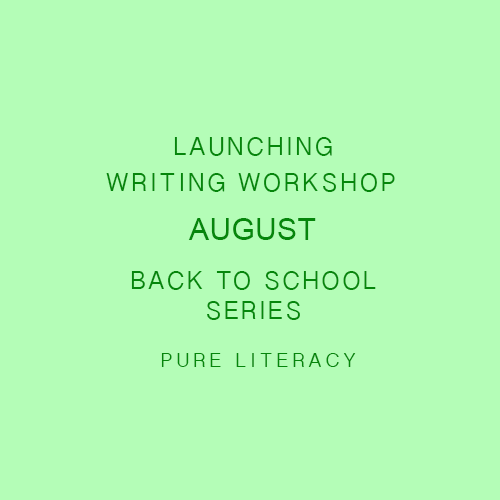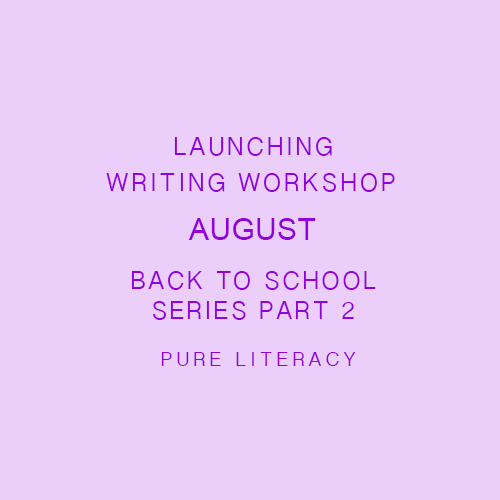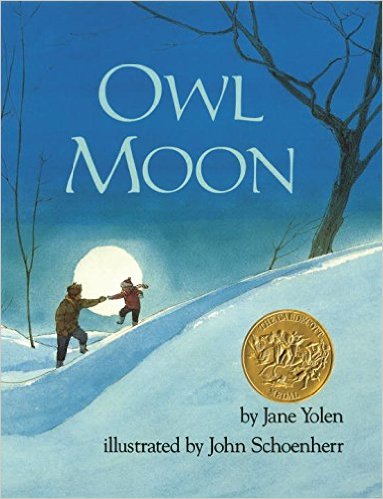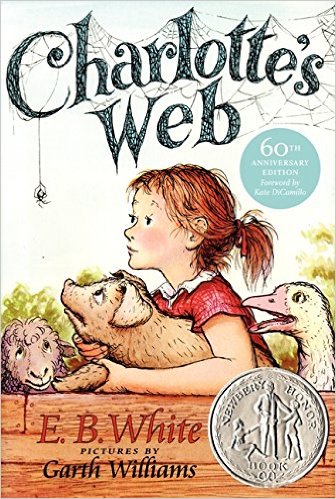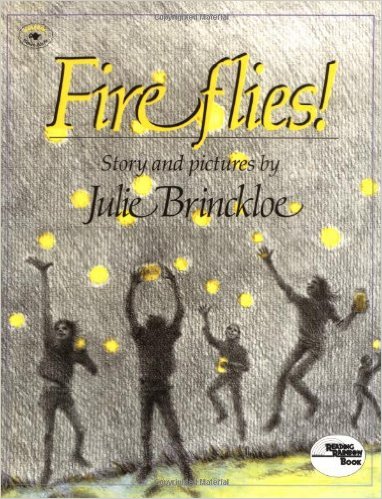Hi all and welcome back! Thanks so much for stopping by and checking in with our Back to School Series it’s all about launching a successful writing workshop in your classroom this year! This back to school series comprises of three posts each focusing on Time, Tone and Talk.
So far we’ve discussed the importance of time and tone and I’ve shared some writing center essentials to support a tone of independence as well as some tips to save time during writing workshop instruction. If you are just tuning in, make sure to take a look at those earlier posts in the series.
Today’s post will focus on the importance of establishing a culture of productive talk and setting up structures to support children engaged in speaking, listening, thinking, reading and writing.
Truthfully, tone and talk seem to go hand and hand when establishing a writing workshop environment. If tone is the heart of writing workshop. Talk is the soul.
When launching a successful writing workshop children need to be immersed in a listening and storytelling culture where their voices are valued and heard. Writing ability, of course, differs from student to student in any classroom. So, we want to create conditions where students of varying abilities can co-exist side-by-side learning from one another. Workshop strives to create an environment of mutual respect and trust where students can take risks and thrive as writers. This happens when students know what to expect and what is expected of them, and in large part, this happens through conversations.
Looking back when I implemented change in the three areas of time, tone and talk, I really noticed a shift in my writing workshop. Of those three areas, I think talk was the biggest area of change for me. I have always been shy and the thought of building in talking time into my instructional day was super challenging for me. But doing so dramatically changed the classroom climate. By engaging in thoughtful conversations, we became a community. Initially, we talked about things that were of interest to us. Then we began talking about what we were reading and writing, and we talked about those two areas a lot. We talked about author’s craft, and the writing strategies we noticed in our favorite books. We talked about what we noticed and loved about each other’s writing. We talked about writing in whole class discussions, in small groups, and in partnerships. But what was the biggest change? When I stopped talking at students and started talking with them; the learning climate dramatically changed.
By setting up a structure and culture of respectful and accountable talk, students were encouraged to take risks. My students quickly learned it was okay to ask questions, share tangles and confusions, and that we could celebrate mistakes as opportunities to learn and grow. Our goal was to create a culture and climate for thinking and learning where all students viewed themselves as worthwhile contributors- making time for talk created that culture.
After students felt comfortable and that “talking and inquiry” culture was established, I began to build in structures like partnerships to support learning. For example in writing partnerships, we implemented a revising strategy called “shoot for the stars”. Using a checklist, writing partners worked together to provide constructive feedback. Partner conversations started first with a compliment, and then partners worked together to give helpful feedback. This was a process that included flagging each other’s writing where revision or editing was needed using star-shaped post-its. This practice encouraged writers to revise and edit before publishing, freeing me up to help students who were needing further individual support.
So here are some helpful suggestions to launch your community of learners.
Build in lots of time for sharing
All children need time to share about themselves and hear about other classmates. Keep in mind, some children need to chance to share with you, before feeling secure enough to share with others. Support your shy and/or second language learners by partnering with them before assigning them a peer partner.
The first 2-3 weeks I recommend you do 2-3 sharing activities a day. The important part is that each child is given an opportunity to share who they are. I suggest taking the role as the lead learner and modeling this by doing some of these activities first. Here are some ideas:
- All About Me Bags: give students a small paper bag. Ask them to decorate their "All-About-Me" bag, and fill it with items from home that are meaningful to them. Students are given an opportunity to share this with the class. Generally, I assigned 4-5 students a day so by the end of the week everyone had an opportunity to share. For students who didn't complete the assignment at home, I always had magazines available for them to cut out pictures of activities that they enjoyed doing. This way, I made sure every student was represented in this initial "getting-to-know-you" activity.
- Survey your students' reading and writing interests, territories and habits by completing a short survey. This can be done as a paper pencil task, done electronically or as a interview. The point is that you capture their reading and writing interests in an effort to support you when you start conferring with students. This information is also extremely valuable in guiding students with their leisure reading choices.
- Create an “all about me” poster or a poster of family photos to share.
- Complete a survey of “getting to know you” questions that will then be used in a whole class interactive writing to ultimately create a “student of the week” special book filled with pages completed by their classmates that will be given to the child on their birthday.
- Conduct a short writing interview (or survey) with each student to get to know their writing territories and their thoughts about the writing process. This brief survey will yield information that will prove to be invaluable as you move forward in writing instruction.
- Organize small “getting to know you” lunch group with the teacher.
Establish Classroom Expectations
- Establish, as a class, classroom behavior expectations.
- Have students draw a picture of themselves, or take a photo of each individual child, and frame it around a co-constructed short list of classroom expectations.
- Have students sign the poster as a way of confirming they are committing to following the established rules or expectations. Below is an example of my class poster. This idea comes straight from Debbie Miller’s Reading for Meaning book. It has worked successfully for me for many years in several grade levels. One way I adapt this for intermediate grades is by taking photos of students instead of self-made portraits.
- Create an exhaustive list of procedures targeting 5 or so a day. During the first weeks, explicitly teach those expectations by discussing, modeling, and practicing what it looks like, feels like, and sounds like. I add these targeted procedures to my lesson plans as I would any focused area of instruction.
- Create procedural anchor charts that list step by step the successful steps to practice the routine. Revisit and review until students can do this with automaticity and no longer need the chart for reference.
Establish Structures of Accountable Talk
Establish workshop partners. Partnerships are comprised of two peers who can help one another but are NOT one “teacher” partner and one “student” partner. Partners function as an audience for each other and provide helpful feedback. Partnerships generally last the length of the writing unit.
Designate a management system for partners. I generally assign numbers like partner 1 and partner 2. This helps manage transitions smoothly and efficiently and allows for time to be spent in the mini-lesson or independent writing.
- Triads are suggested for students who are absent a lot.
- Some students, second language learners or reluctant writers and readers, will need your support as an initial partner. Eventually, the aim is to have all students involved in a peer partnership. Students who are challenged working with peers will need to have a more structured scaffold, do this by designating yourself as their long-term partner. Over time, see if you can eventually move them into peer partnerships.
- Model and practice what an effective partnership looks like. Do this often across the first several weeks of school.
Set Goals
The research of John Hattie and others reveals that when students need clear goals and frequent feedback that shows them where they are in relationship to reaching that goal. However, goal setting is probably one of the most common things to be overlooked. Overarching goals begin with a brainstorm of possibilities as a whole group. Focused and targeted goals may be achieved with the use of a checklist or other goal setting device. Individualized checklists are a great monitoring device to support students in achieving their goals.
Immerse Students
Immerse students in an environment that is rich with language and learning.
- Co-create anchor charts
- Provide visual models
- Oral storytelling and role play
- Display student writing
- Model writing with students in the form of interactive or shared writing
- Read to students and closely study author’s craft and genre.
Building A Community Of Writers
As a district literacy coach, I felt it was essential that we build into our district curriculum calendar a series of days that were focused on teaching writing workshop expectations, routines, procedures.
In brainstorming ideas for products on TpT to better support educators with teaching writing workshop, I focused strongly on the idea of building a community of writers within the classroom. I want to take this time to share with my Pure Literacy community some resources that will support you as you begin teaching in a workshop structure as well as my favorite read alouds when immersing students in the craft of narrative writing.
My primary K-2 or intermediate grades 3-5 Building a Community of Writers products on TpT are both are designed to support you with mini-lessons covering management, routines and procedures when launching a writing workshop.
Please please reach out if you have questions about building a classroom writing community, I'm here to help :)
Ready Set Read!
My number one go-to during the first few weeks of school and forever after, is the read aloud. Nothing calms and refocuses a classroom like a read aloud.
Read alouds are like pushing the reset button for everyone, including the teacher, as well as providing kids with great examples of the kind of writing you are asking them to start the year doing- narratives.
Below, in no particular order, you’ll find a few of my favorite read alouds to use when launching narrative writing in primary or intermediate writing workshop classrooms.
Follow the links to my TpT store for the freebie resource I created listing all of my favorite read alouds in one stellar compilation!
Each picture below links to the book on Amazon, these are non-affiliate links.
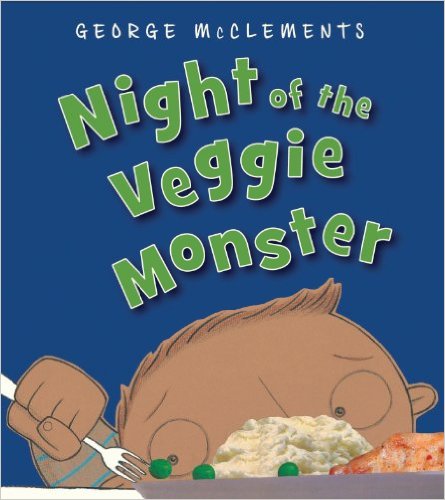
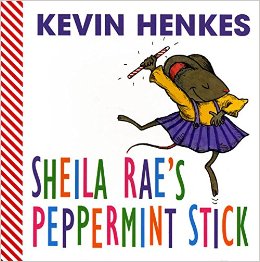

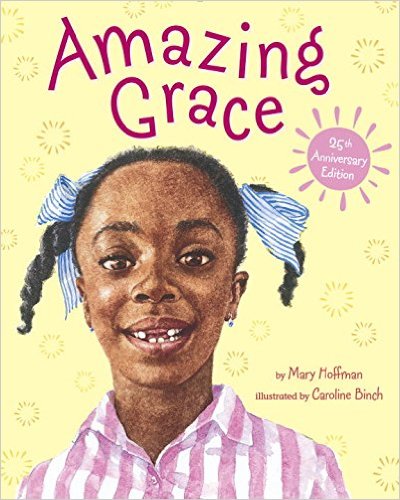
And that's a wrap with my Back To School Series! I hope that you have learned more about ways to launch writing workshop as well as tips, tricks and routines to use throughout the year that will help make your writing workshop more effective in your classroom.
Now, I truly hope this little series will help you feel more comfortable getting writing workshop up and running in your classroom. If you have any questions about writing workshop or thoughts you’d like to add, please please please post in the comments section or Ask Kathi section or shoot an email to pureliteracy@gmail.com. I'm here to help!
And as your school year progresses I’d love to hear how you establish a community of learners in your writing workshop!
For those of you out there who are returning to school soon, I wish you a restful remainder of your summer break and nothing but a smooth and enjoyable start of school. We’ve got this!
Kathi
Tune In!
As we head back to school are there topics regarding literacy best practices you're interested in learning more about?!?
Please take a moment to fill out the form below. I'd love to know what to focus on next!


